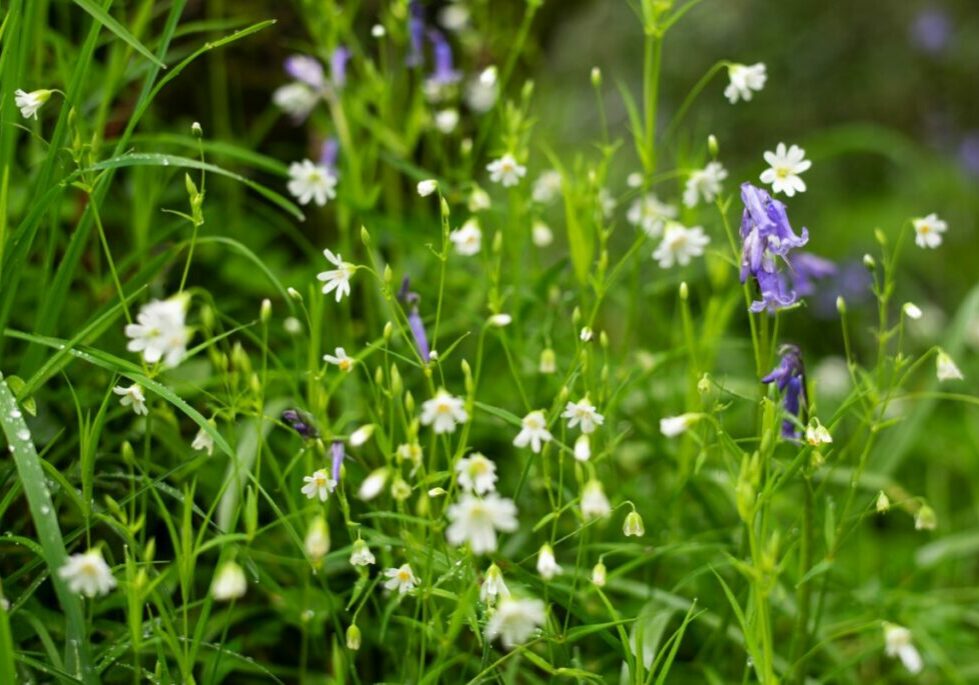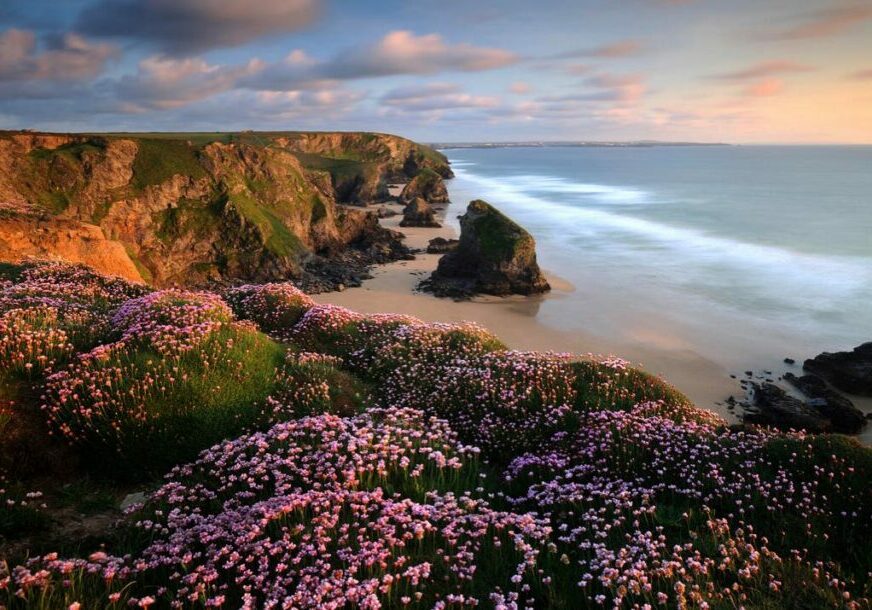Did you know more people have walked on the moon than have dived to the deepest parts of the ocean? Much of the underwater world is little visited and poorly understood. Perhaps that’s why global climate action plans have, until now, focused largely on terrestrial habitats, such as protecting the Amazon rainforest.
This work is vital, yet it’s becoming clear we also need to harness the potential of the ocean. Just as trees and plants on land draw down carbon from the atmosphere and store it, so do coastal and marine ecosystems, including mangroves, seagrass meadows, saltmarshes and kelp forests.
This ‘blue carbon’ can remain locked away in the underlying sediments for centuries or millennia, if left undisturbed.
These habitats are home to abundant wildlife, too, sheltering birds, turtles, fish, crustaceans and molluscs; even proboscis monkeys and tigers forage among mangroves. Marine plantlife protects coastal regions from ocean storm surges, reducing erosion and flooding. It filters water, helping remove pollutants. And it has the potential to provide food and income for local communities.
Sadly, these ecosystems are under threat from habitat conversion, pollution, industrial fishing, unsustainable coastal development, extreme weather and the warming climate.
So we’re working with partners around the world on pioneering initiatives to restore them to health and show how blue carbon restoration can benefit people, nature and climate.
Planting hope
With your help, we’re restoring the UK’s coastal habitats such as seagrass, as more than 90% of these meadows have been lost over the past century. Together with Sky Ocean Rescue, Swansea University and Project Seagrass, we’ve collected and planted around 1.2 million seagrass seeds off the coast of Pembrokeshire.
We’re now starting new restoration projects to scale up our work to help the UK restore 15% of its seagrass meadows by 2030.
Just how big a part do our coastal ecosystems play in combating climate change? To find out, we’ve co-funded a pioneering project to completely map the UK’s blue carbon stores by summer 2023, in partnership with the Scottish Association for Marine Science, the University of St Andrews and the Marine Biological Association.
Creating this knowledge base will enable UK governments to plan and prioritise how marine environments are used, helping protect these ecosystems from further damage by human activities.
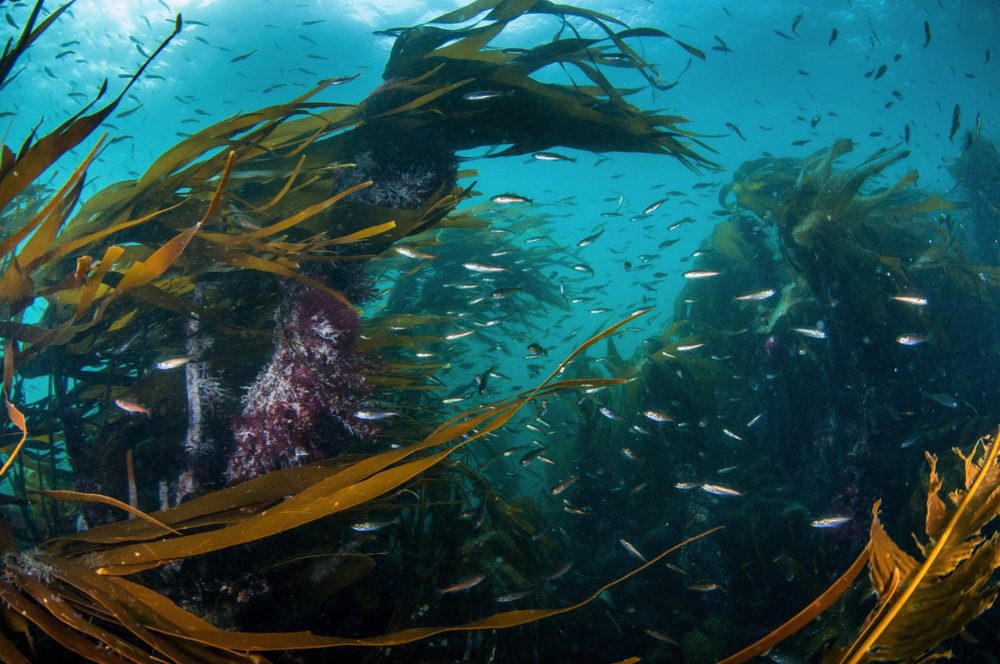
© ALAMY
There’s another, less-studied coastal ecosystem that could help mitigate the effects of climate change and provide other benefits: kelp forests. Kelps are some of the 72,500 identified species of seaweeds (or macroalgae) that cover an estimated 3.5 million sq km worldwide.
Seaweed provides shelter and food for thousands of marine species, and absorbs an estimated 190 million tonnes of CO2 each year – as much as the annual emissions of New York State. Britain’s waters alone harbour perhaps 600 seaweed species, offering huge potential for supporting wildlife and, when farmed, for food production for people and livestock.
Seaweeds grow quickly – up to 60cm a day in some species – capturing carbon and environmental pollutants. This benefits marine fauna such as oysters and mussels, which grow better in cleaner water.
We’re now exploring how effective kelp farms are at sequestering carbon and how they could contribute to the fight against climate change, while also yielding a nutrient-rich superfood, livestock feed and other products.
Carbon pathways
In a natural kelp forest, we know carbon is stored in the fronds. Then, as the seaweed grows or is eaten by marine grazers, pieces of the fronds break away, drift off and eventually sink to the ocean floor, contributing to long-term carbon storage in deep-sea sediments.
But we need to understand more about the carbon pathways of farmed kelp. “The destination of carbon in farmed kelp is different, because the fronds that don’t break off naturally are harvested and taken out of the ocean to be turned into products such as food,” explains Mollie Gupta, our project manager for the seaweed programme.
“The production of kelp is near carbon zero,” she adds. “The carbon stored by farmed kelp that’s used in human food or animal feed is released back into the carbon cycle when it’s consumed. But there are significant benefits in replacing what would have been eaten instead of the seaweed, such as soy meal in animal feed.”
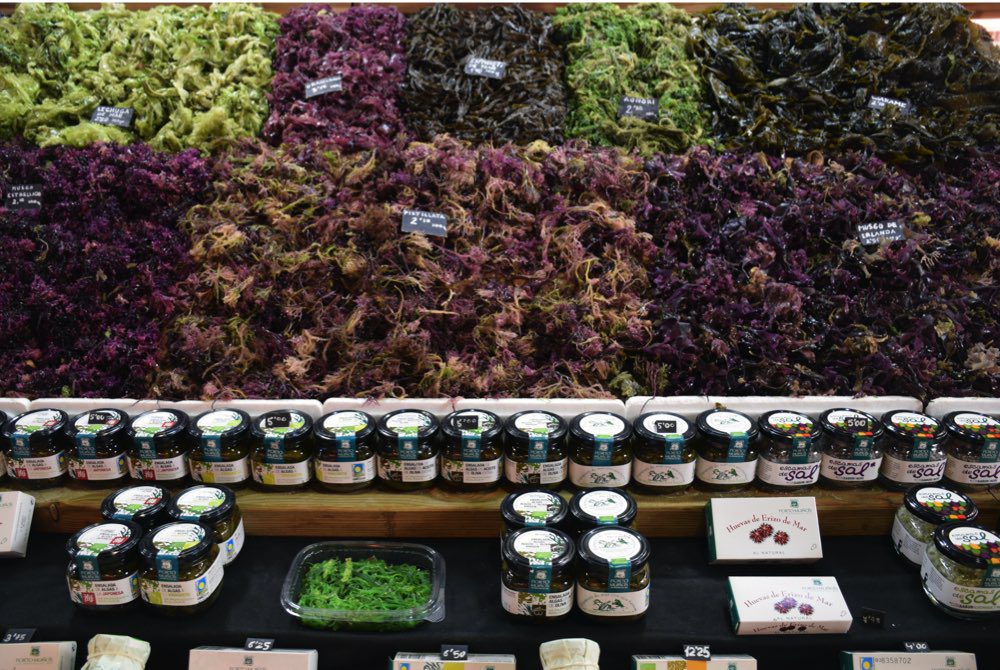
© ALAMY
To understand the carbon benefits of farmed kelp, we’re working with researchers at Newcastle University and the Marine Biological Association in Plymouth to investigate carbon capture in wild kelp beds and in ocean farms, comparing how much carbon is transported and sequestered.
Much depends on how the harvested kelp is used – and there are a lot of possibilities. Kelp could one day replace animal-feed ingredients such as soy. That’s significant, because the UK imports around 3.6 million tonnes of soy for animal feed per year, requiring about 1.7 million hectares of land to grow it.
This land is often converted for agriculture through deforesting important habitats such as the Brazilian Cerrado, resulting in enormous carbon emissions.
You’re helping us support a company called Oceanium that’s developing processes to extract proteins from kelp and sea lettuce for use as a vegan alternative to fish, as well as in livestock feed. This could be a double win.
“Studies show feeding one red seaweed species to cows can reduce their methane emissions by more than 80%,” explains Mollie. “That particular seaweed isn’t native to the UK – if we were to grow it here, there’s a risk it would become invasive – so we’re researching other species that can help reduce methane emissions but which are more suitable for farming here.”
In theory, seaweed is a dream crop. Farming kelp doesn’t require fertiliser, pesticides, fresh water or land, and it grows rapidly, usually attached to long ropes hanging vertically to depths of anything up to 60m. It’s also hugely versatile.
Wonder weed
Various species of brown seaweed offer diverse benefits for people, wildlife and landscapes. There are some surprising uses for this versatile plant and its extracts, in products as varied as soap, ice cream, beer and even faux leather, but it can also perform some vital roles too.
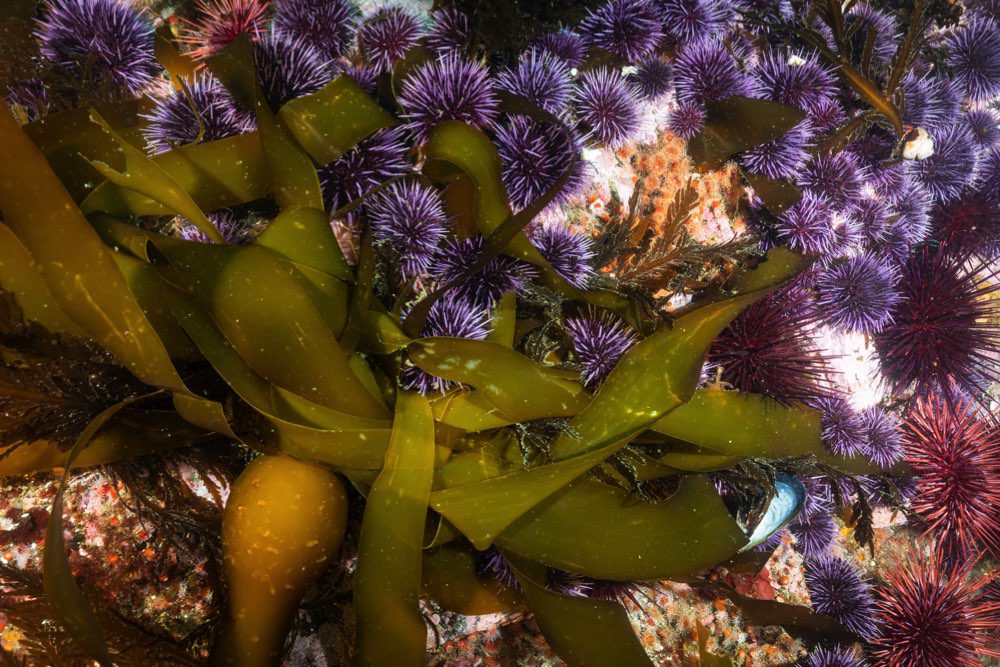
MARINE LIFE SUPPORT
Kelp forests provide homes and food for marine life, including juvenile fish, soft corals, limpets, urchins and crustaceans. By filtering water and lowering acidity, kelp forests help molluscs such as oysters, scallops and mussels grow more quickly.
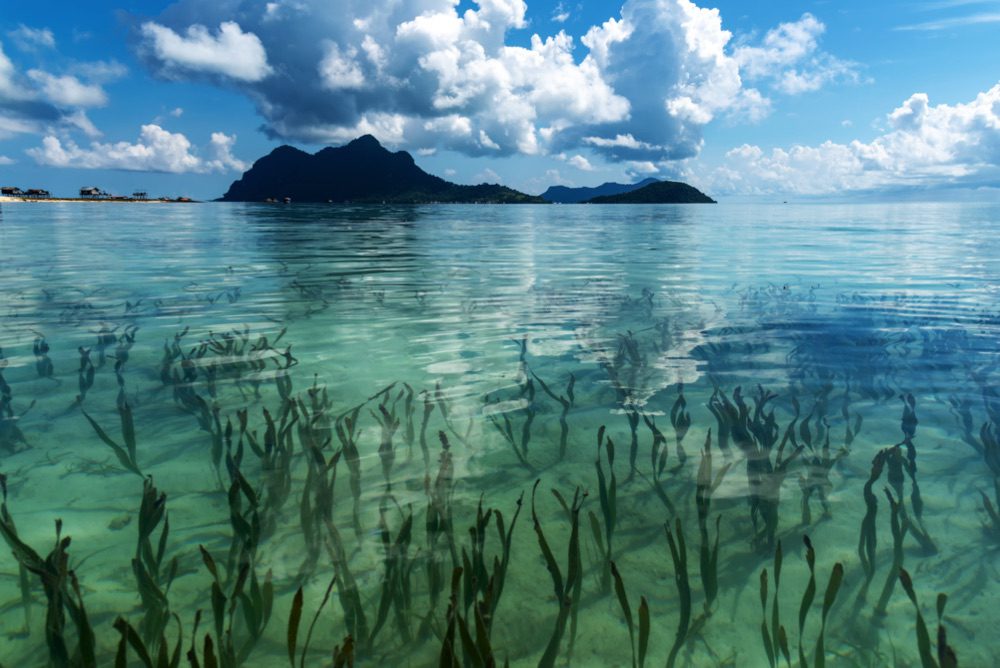
COASTAL CUSHION
Kelp forests can act as buffers, helping to protect coastal landscapes and communities from erosion, ocean surges and flooding.
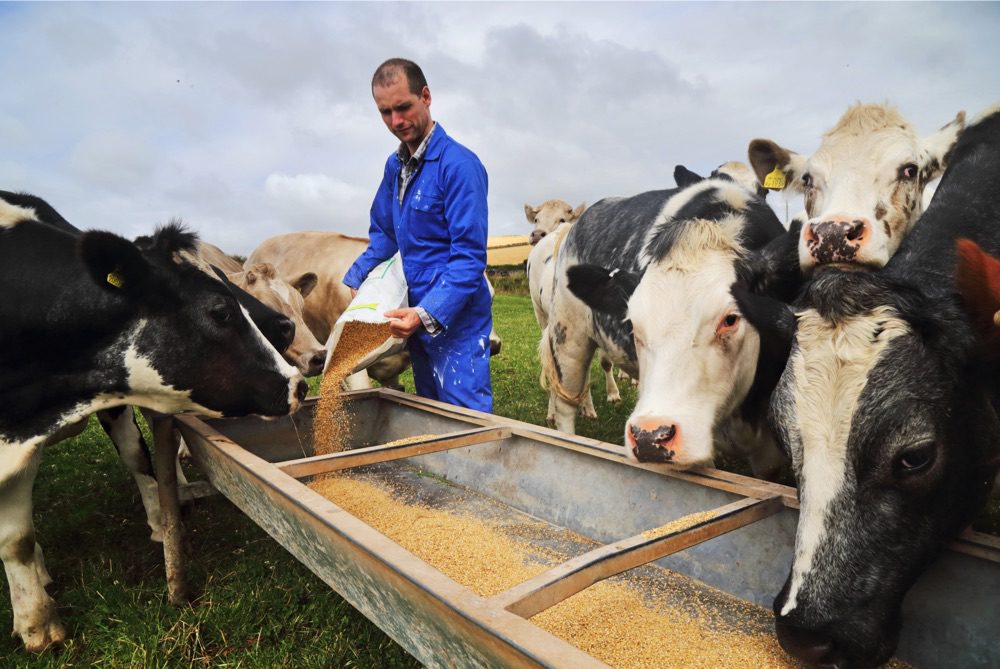
AGRICULTURAL EDIBLES
As well as using seaweed in animal feed to reduce livestock methane emissions, it could also help reduce deforestation. Linked to the destruction of ecosystems such as the Brazilian Cerrado, soy is used as a source of protein in animal feed. If we can produce a bulk feed ingredient from seaweed that’s high in protein, it could be an alternative to soy.

FOOD FOR THOUGHT
Seaweed has long been eaten by people in the British Isles, notably as laverbread in Wales and dulse in Scotland and Ireland. It’s wrapped around rice and fish or vegetables to make sushi rolls, incorporated in burgers, made into crisps or sprinkled on other food as seasoning.
ALL IMAGES © GETTY
Historically, seaweeds have been burned to produce soda ash for glass and soap production, and for bleaching linen. Iodine has been extracted from seaweed, as have key ingredients for gelling agents used in food. Today, seaweed-derived products range from face cream to faux leather, as well as various foods.
“Anyone who’s eaten a sushi roll has eaten seaweed – we just don’t think about it,” says Mollie. “In Wales, there’s a long heritage of eating bara lawr, or laverbread [reddish alga that’s boiled and pureed], and in Scotland and Ireland dulse has been harvested for centuries.
“But not everyone will be keen: people think of seaweed as stuff that rots on beaches, so their reaction is ‘yuck’. But the same would happen to carrots if you left them on the beach in the sun for days!”
Farms for the future
Building demand for seaweed products is just one challenge. We’re also working to establish and support seaweed production hubs, to promote best practice, and to secure support from communities. “Competition for space in the marine environment is high,” says Mollie.
“Seaweed or ocean farms can be seen as competition for the fishing industry, wind farms and recreational users. But they could be established alongside these other uses, providing shelter and food for wildlife.”
Kelp farming isn’t technologically complex, but because it’s a relatively new industry, infrastructure is sparse. Growing lots of seaweed is financially risky without enough processing plants to handle it. “Seaweed often has to be processed rapidly, within hours of harvesting, before it spoils,”
explains Mollie.
“But there aren’t yet many processing plants in the UK, as they can’t be sure of a consistent supply of seaweed. So farmers currently have to manage this stage themselves.”
In Wales, we’re working with Câr-y-Môr regenerative seaweed and shellfish farm to understand some of the constraints. WWF Cymru is leading political advocacy with Natural Resources Wales and other political stakeholders to improve the licensing system there, paving the way for future improvements across Scotland and England.
Behind the scenes at Câr-y-Môr
Câr-y-Môr (meaning ‘for the love of the sea’) is the first community-owned kelp and shellfish farm in Wales – and it’s supported by you. This regenerative ocean farming project has more than 100 members and is based in Ramsey Sound, Pembrokeshire.
Our video goes behind the scenes at the farm, discovering the versatility of this amazing home-grown algae.
“WWF is adopting a ‘wholescape’ approach,” says Mollie. “We’re looking at land, rivers and seas to create models for how these ecosystems can be managed holistically, because they’re all so intimately connected.
”Seaweed is an important part of this, because it filters out pollutants from the land, such as nitrates and phosphates from agriculture, and could produce feed and fertiliser that go back into the local agricultural industry.”
Ultimately, seaweed is a keystone of what WWF calls ‘regenerative ocean farming’: removing carbon, nitrogen and phosphorus, improving water quality, helping biodiversity and producing useful products – while leaving the ocean in a much better state than before.
Kelp farming could provide a novel way to help address the climate and nature crises – albeit almost invisibly. “Forests don’t only grow on land,” says Mollie. “Kelp, seagrass and other ocean forests and meadows are just as important in fighting climate change.”
Become an ocean pioneer
You already support our UK nature work, but will you help us discover the full potential of seaweed around the UK? 100% of any extra donation helps develop exciting seaweed solutions such as…
£10
could help to propagate 250 kelplets for sowing on a restoration site or regenerative ocean farm
£20
could support research into how kelp can be turned into products like animal feed, to transform our food system
£70
could help us run an underwater camera on a regenerative ocean farm for a month to monitor biodiversity
£100
could help seed 25 metres of rope with kelp, which can grow into a blue forest
More to explore
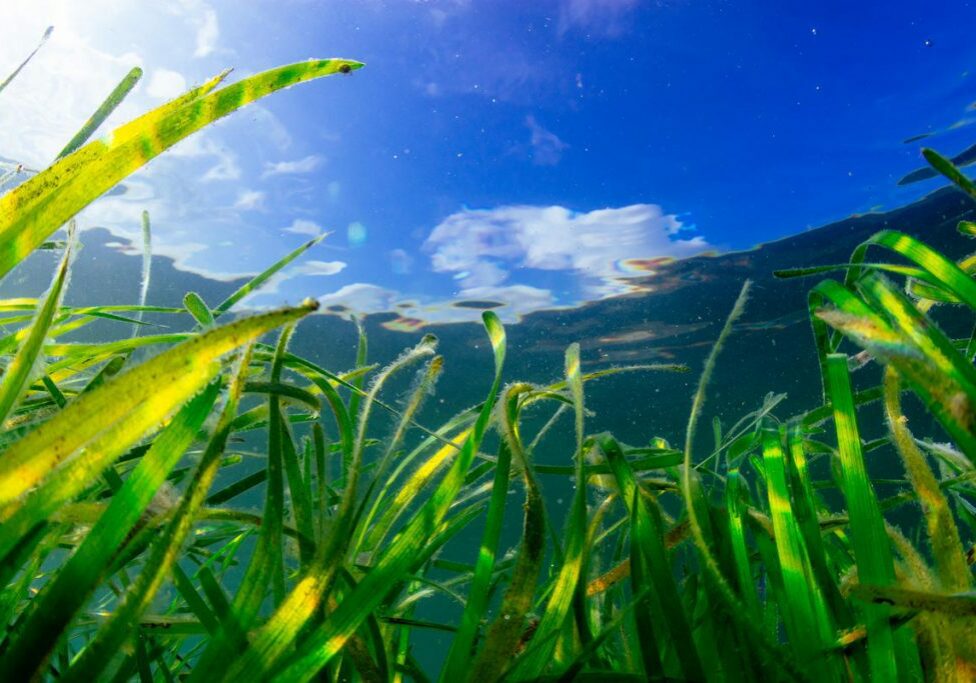
Seeds of hope
One incredible plant species could boost biodiversity, help human livelihoods and play a role in fighting the climate emergency. That’s why we’ve launched the biggest project of its kind in the UK – to restore seagrass
